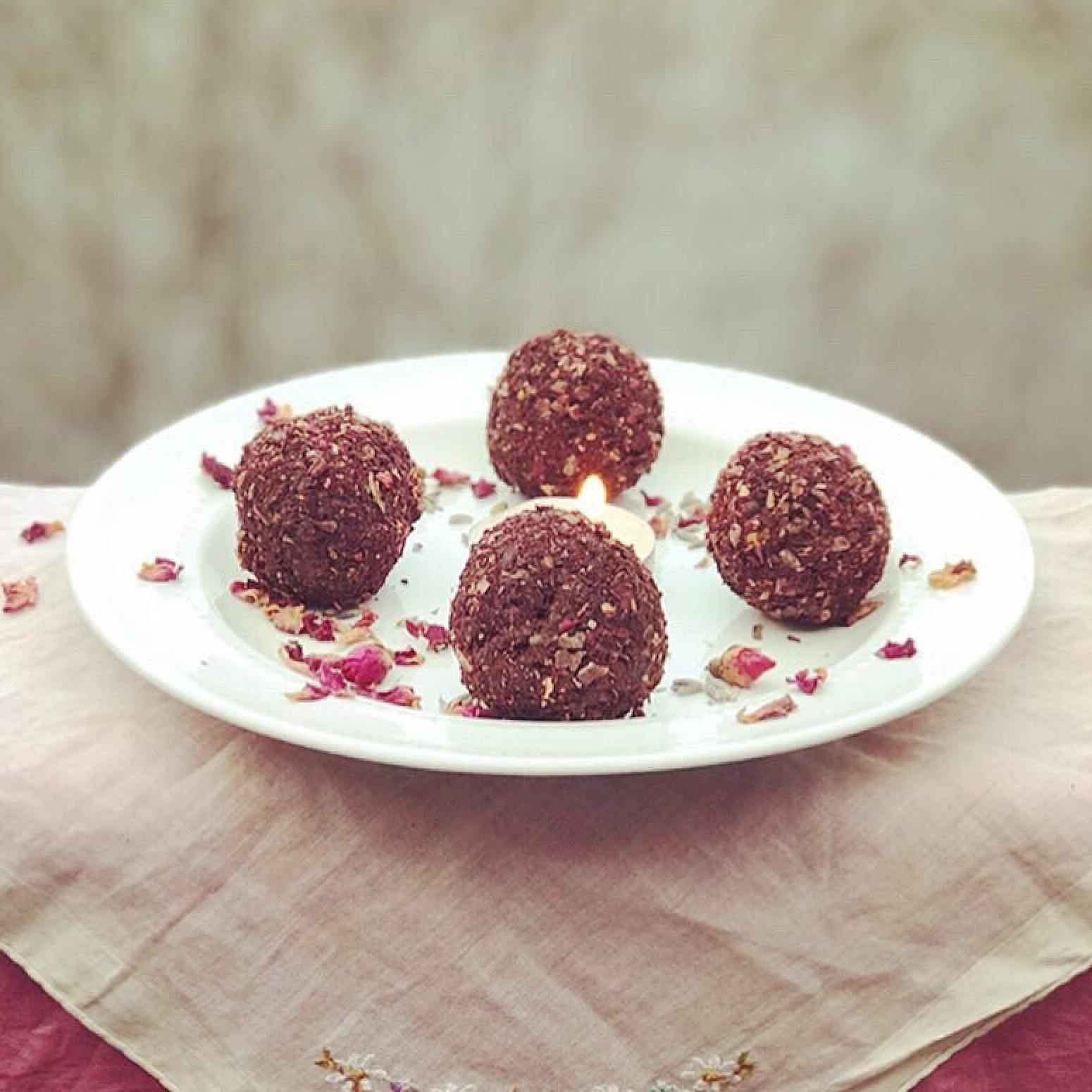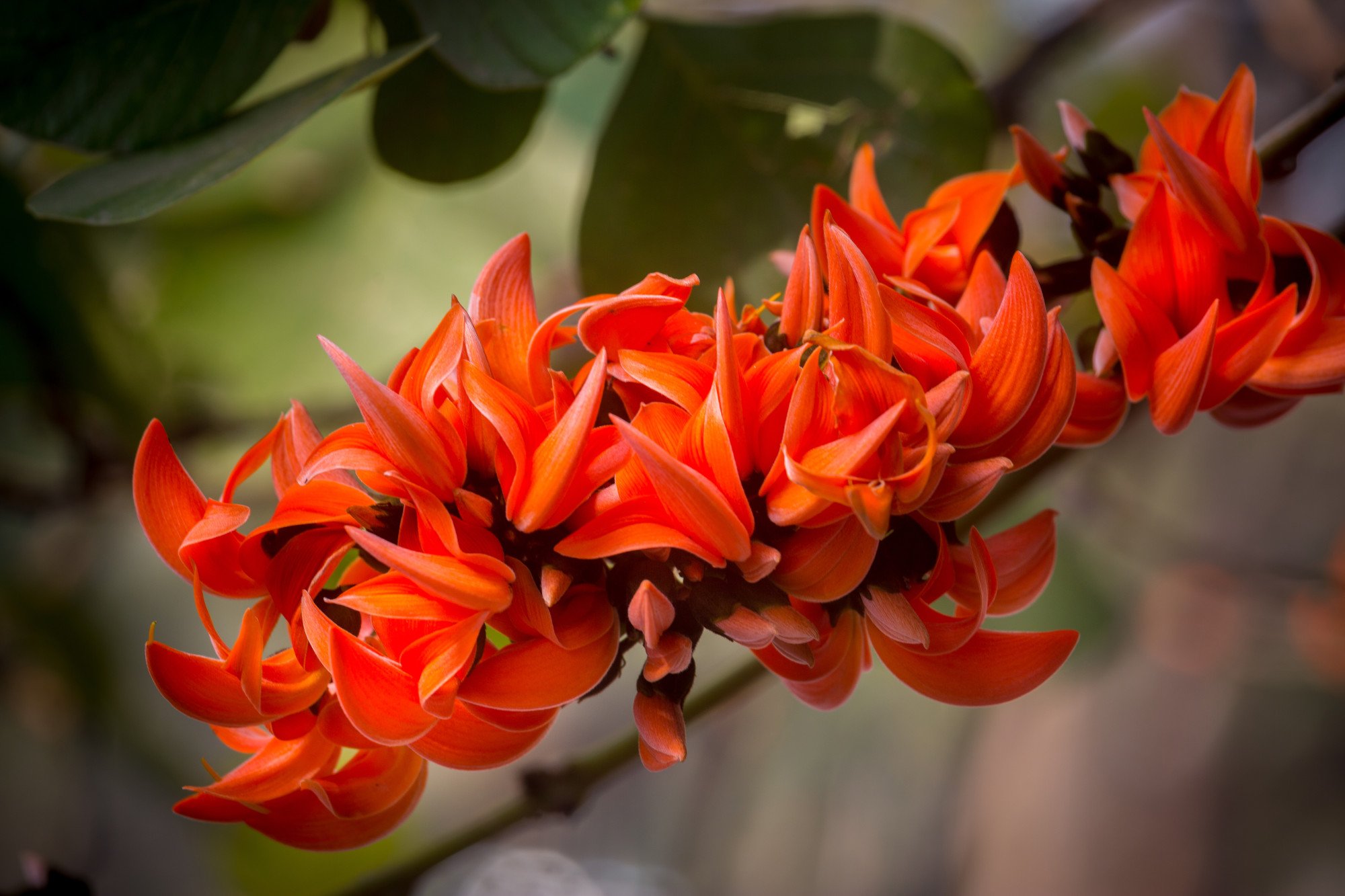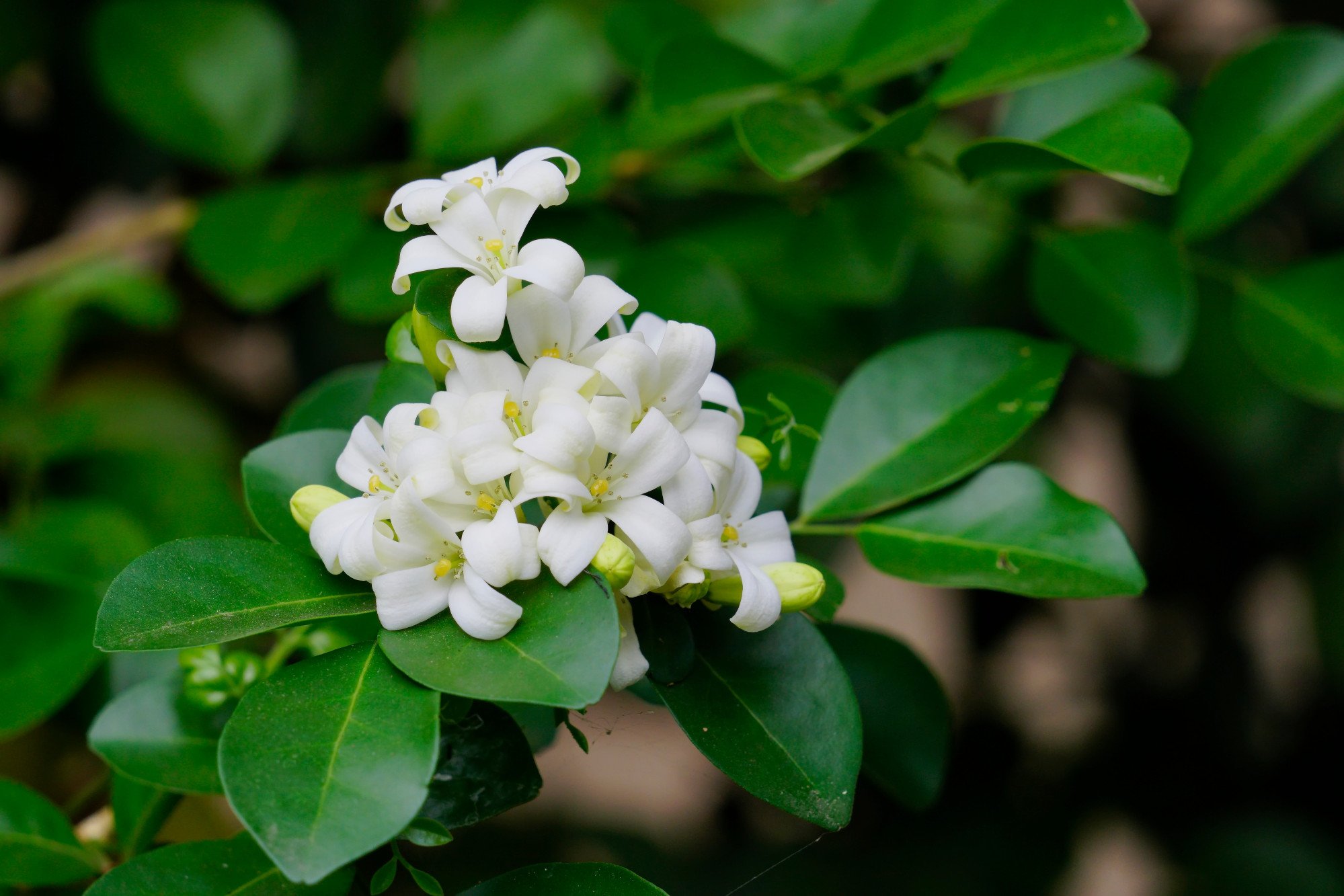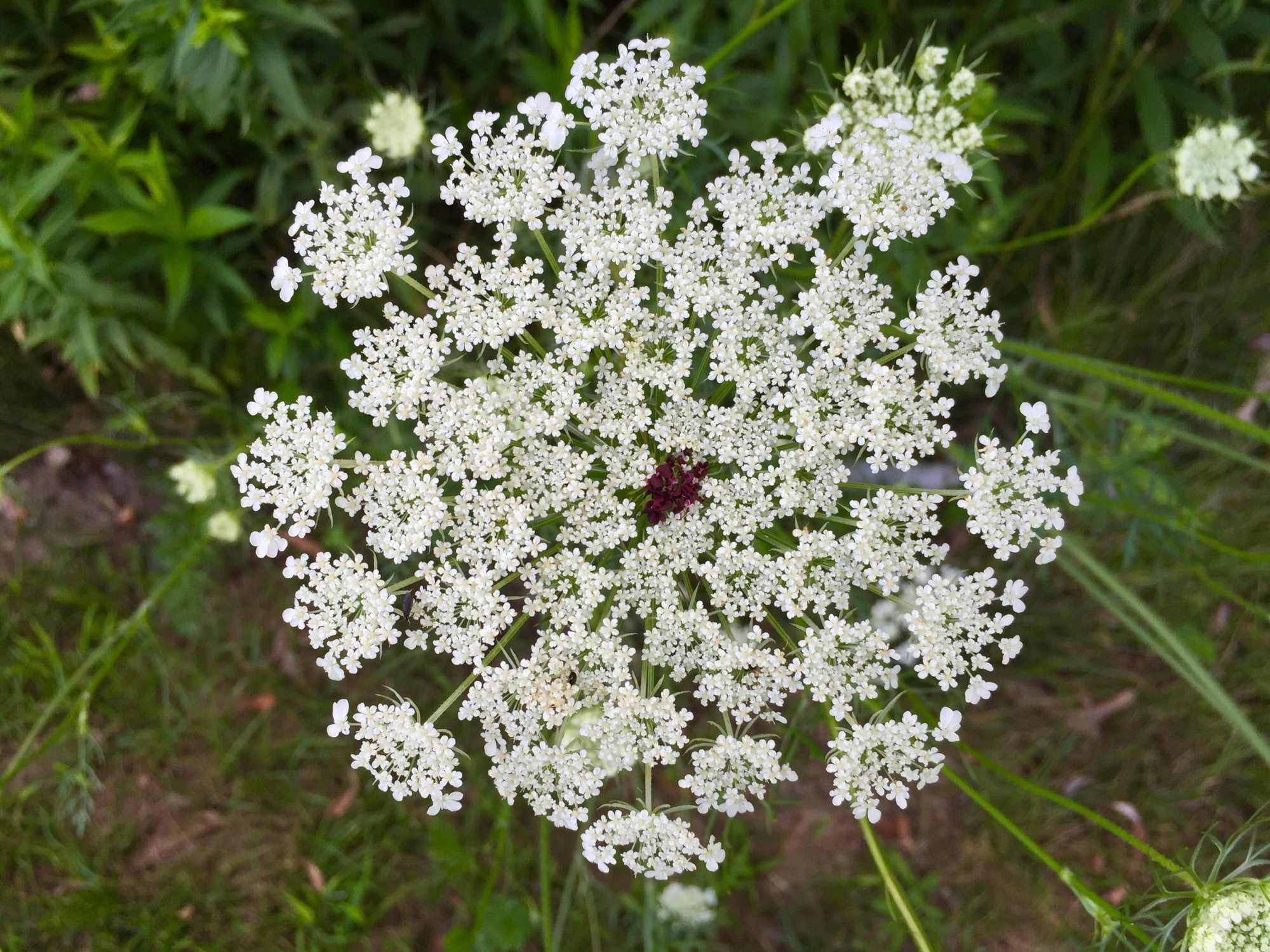
The health benefits of edible flowers – from better skin to aiding digestion to their anti-inflammatory properties
- Many flowers contain essential vitamins and minerals and have been used for medicinal purposes for thousands of years
- Edible flowers are an excellent way to incorporate natural colour, texture and flavour into meals, in salads, soups, stews, stir-fries and desserts
When she was a girl, Montana Honeylion’s mother regularly brewed a giant pot of herbal tea, consisting mainly of mint, to soothe sniffles and colds.
“I resisted it as a child, but began to enjoy it as a teenager, sitting around the table with my friends, all drinking cups of mom’s ‘medicine tea’, because it worked. We rarely went to the doctor,” she says.
With her interest in holistic health kindled early, Honeylion later pursued a degree in herbal sciences and started her own business, Warrior Peak Botanicals, to produce herbal medicines. She also teaches classes, including a recent one on medicinal flowers and their uses.
“There are various herbal and edible flowers that many people don’t realise can be integrated into our daily lives,” says Honeylion, who lives in Indianola, in the US state of Washington.

There is an increasing appreciation of edible flowers for their health benefits, and many recent studies acknowledge their value as nutraceuticals – substances isolated from foods that are used for medicinal purposes not usually associated with food.
A 2020 study shows that some flowers’ nutritional profiles meet several dietary requirements for fibre and protein.
However, it is always best to consult health professionals to understand the potential risks and safe ways to consume flowers.

“Bhavprakash Nighantu, Ayurveda’s Materia Medica [history of remedies], shares the significance of groups of flowers under the Pushpa Varga,” says Nikhita Shere, an Ayurvedic practitioner in Mumbai, India. “Every herb has different attributes, with the seeds, stems, leaves, flowers, roots and bark having varied properties.”
She provides a few examples: roses are prescribed to heal heat-related disorders such as acne and rashes, and digestive issues such as constipation and hyperacidity; and the infusion of lotus petals helps to treat fever, urinary infections and dysentery.

Kavita Khosa, the Hong Kong-based founder of sustainable skincare brand Purearth, says as a child she and her grandmother collected moringa flowers that had fallen from their courtyard tree.
“Including these flowers with yogurt and cumin powder aids in digestion,” she says.
She also spent a lot of time climbing palash trees, also known as flame of the forest.
“[I] would suck the juicy fragrant liquid from the [flowers’] stamen. Palash flowers have antioxidative and astringent properties and, according to my grandma, are good for kidney stones.”


In Ayurveda, palash flowers and leaves are used to manage skin problems such as acne and to improve digestion, and also have an aphrodisiac property.
Khosa has observed a growing interest in the use of flowers and plants. Her book, Beauty Unbottled, lists hundreds of botanicals and their uses, and the specific merits of each part of a plant.
“I drink nettle and jasmine flower tea for antioxidants. I also like the rosehip flower pod in a tisane [herbal infusion]. It is a rich source of vitamin A and has EFAs [essential fatty acids] that fight free radicals, ultraviolet sun damage and give a brighter, clearer complexion.”

There are several ways to include flowers in our diets.
“Edible flowers are an excellent way to incorporate natural colour, texture and flavour into meals,” says Krutika Nanavati, a registered dietitian, nutritionist and medical adviser for ClinicSpots, a digital healthcare platform, who is based in Auckland, New Zealand.
“Use them in salads, soups, stews, stir-fries and desserts; in smoothies; or infuse them in oils, vinegars and even alcohol.
“Many flowers contain essential vitamins and minerals such as vitamin A, B-complex, vitamin C, flavonoids, and powerful antioxidants and bioactive compounds which can help protect the body from cell damage and free-radical damage.”

Honeylion uses teas, such as camomile, as a base with lemon to create floral lemonades.
“I also press fresh flowers into baked focaccia, banana breads and cupcakes, and make a rose-infused honey, adding it to hot cacao in place of sugar.”
Including flowers in your diet does require some homework and awareness.
“People with pollen allergies should either avoid flowers or wash them thoroughly to avoid allergic reactions,” advises Wendy Lord, a registered dietitian and medical adviser with Health Reporter, a health and wellness education and information platform, based in Johannesburg, South Africa.
“If you haven’t used flowers before, start with a small amount. This will help your digestive system tolerate the flowers without causing digestive problems.”

Nanavati adds that it is also important to remove any parts that may be unsafe for consumption, such as the pistils and stamen.
Note the source of the flowers, too. “Chemical sprays, pesticides and herbicides can make them unsafe for consumption,” Lord says. “Therefore, be sure to choose those that are grown organically.”
She quit her job to pursue her passion, growing edible flowers
Honeylion suggests growing your own plants and flowers. If foraging, she advises checking with local herbalists or reading local flora guidebooks, as several plants have lookalikes in the wild, some of which could be poisonous.
“Yarrow is an antimicrobial white flower that helps stop bleeding, but sometimes is confused with Queen Anne’s lace or its deadly cousins, poison and water hemlock.
“Camomile can sometimes be mistaken for its cousin, feverfew, which is also medicinal, but has different actions and is not necessarily as safe as camomile.”


